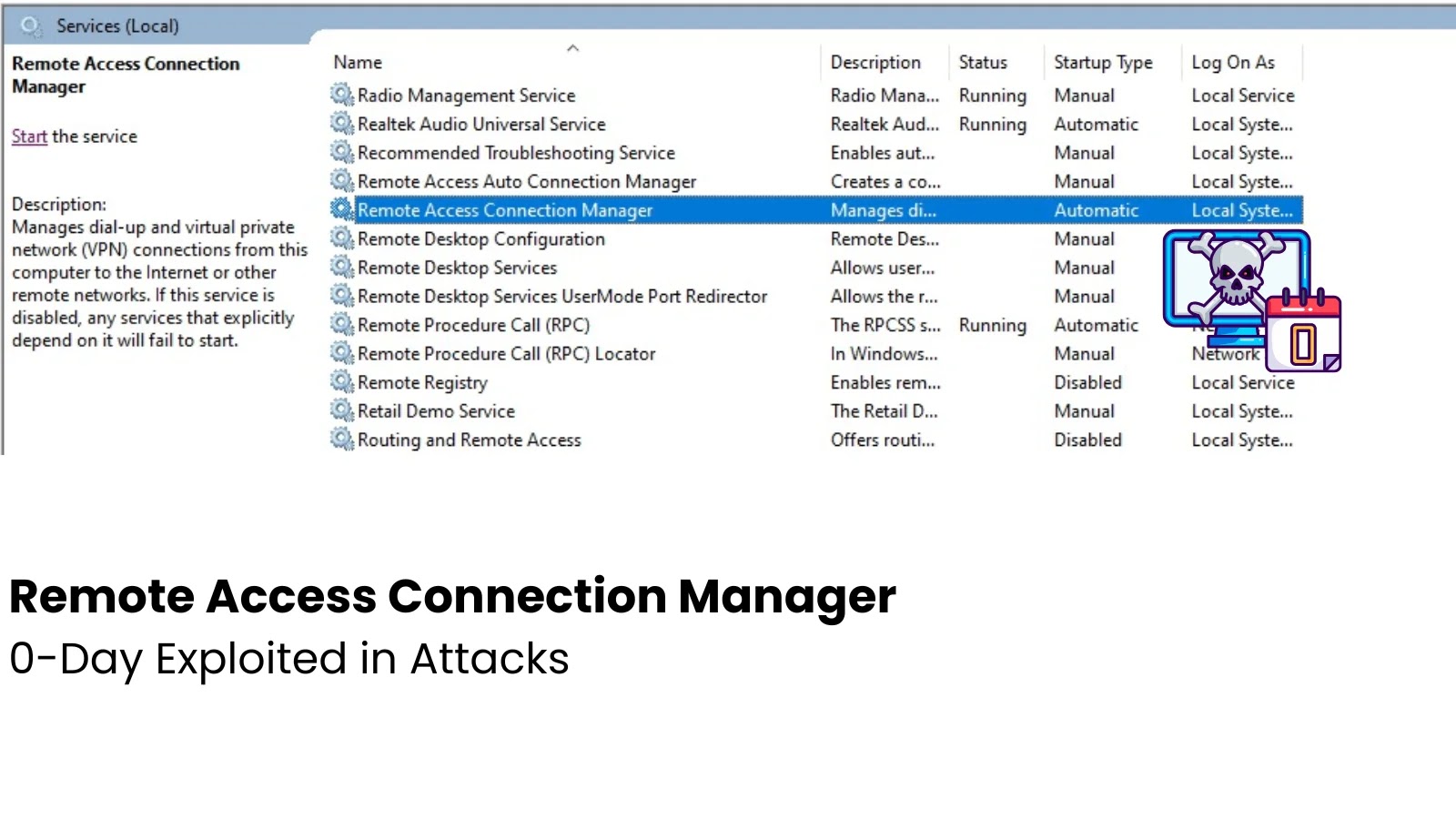Confidential computing has been heralded as a robust solution for protecting sensitive workloads in public cloud environments. However, a recent hardware-based attack, termed Battering RAM, has emerged, demonstrating the ability to circumvent advanced memory encryption mechanisms in Intel and AMD processors using an inexpensive interposer device costing less than $50.
Understanding Memory Encryption in Modern Processors
To safeguard private data, modern servers employ DDR4 DRAM equipped with hardware-backed encryption technologies. Intel’s Software Guard Extensions (SGX) utilizes Total Memory Encryption (TME), while AMD’s Secure Encrypted Virtualization with Secure Nested Paging (SEV-SNP) offers similar protections. These technologies are designed to encrypt data in memory, ensuring that even if physical access is obtained, the data remains secure.
Previous vulnerabilities, such as the BadRAM attack, exploited falsified Serial Presence Detect (SPD) metadata during the boot process. In response, hardware vendors implemented stricter boot-time alias checks to mitigate such threats.
The Mechanics of the Battering RAM Attack
The Battering RAM attack operates dynamically, employing a custom-built interposer placed between the CPU and the DRAM module. This interposer remains undetectable during the Power-On Self-Test (POST) phase, effectively bypassing SPD spoofing checks.
Once the system is operational, the attack is initiated by activating an analog switch within the interposer. This action reroutes encrypted data from targeted memory addresses to an attacker-controlled alias buffer. The captured ciphertext is then replayed into a controlled enclave, allowing the attacker to access the plaintext data. This method compromises both SGX and SEV-SNP attestations on patched cloud platforms, granting unauthorized read and write access to enclave memory.
Technical Implementation
The interposer design, which has been made publicly available on GitHub, incorporates two Single Pole Double Throw (SPDT) analog switches and a microcontroller. This setup enables the toggling of aliasing at runtime, facilitating the capture-and-replay process that leads to decrypted enclave data.
Implications for Cloud Security
The emergence of the Battering RAM attack highlights significant vulnerabilities in static memory encryption engines, particularly their lack of cryptographic freshness checks. Since TME and SEV-SNP generate ciphertext based solely on a fixed key and physical address, replayed data decrypts predictably. This predictability undermines passive defense mechanisms, such as cold-boot attack mitigations.
Key concerns include:
– Physical Access Vulnerability: Adversaries with physical access, such as rogue cloud staff or supply-chain attackers, require only brief access to install the interposer device.
– Detection Challenges: Software or firmware patches are ineffective in detecting on-the-fly address remapping facilitated by the interposer. Effective mitigation would necessitate the integration of per-page nonce or integrity checks within the DRAM encryption engine.
– Cost-Effective Exploitation: The affordability of the Battering RAM device democratizes a class of attacks previously limited to high-end DRAM interposers costing over $100,000.
Research and Industry Response
Academic teams from KU Leuven, the University of Birmingham, and Durham University conducted the research leading to the discovery of the Battering RAM attack. They have published schematics, firmware, and proof-of-concept code under a Creative Commons license, making the information accessible to the broader community.
Both Intel and AMD have acknowledged the findings through security advisories. However, they note that physical interposer attacks fall outside the current scope of their product security models.
Recommendations for Enhanced Security
As the adoption of SGX and SEV-SNP grows across public cloud services offered by providers like AWS, Azure, Google Cloud, and IBM Cloud, organizations must reassess the physical security measures of their datacenter infrastructures. To mitigate the risks posed by attacks like Battering RAM, the following steps are recommended:
1. Enhanced Physical Security: Implement stringent physical security protocols to prevent unauthorized access to hardware components.
2. Regular Hardware Audits: Conduct periodic inspections of hardware to detect any unauthorized modifications or installations.
3. Advanced Encryption Techniques: Advocate for the development and implementation of memory encryption protocols that incorporate cryptographic freshness checks, such as per-page nonces or integrity verification mechanisms.
4. Supply Chain Security: Strengthen supply chain security to prevent the introduction of malicious hardware components during manufacturing or assembly processes.
Conclusion
The Battering RAM attack serves as a stark reminder that while confidential computing offers significant advancements in data security, it is not impervious to sophisticated hardware-based attacks. The cybersecurity community must remain vigilant, continuously evolving defense mechanisms to address emerging threats and ensure the integrity of sensitive data in cloud environments.



